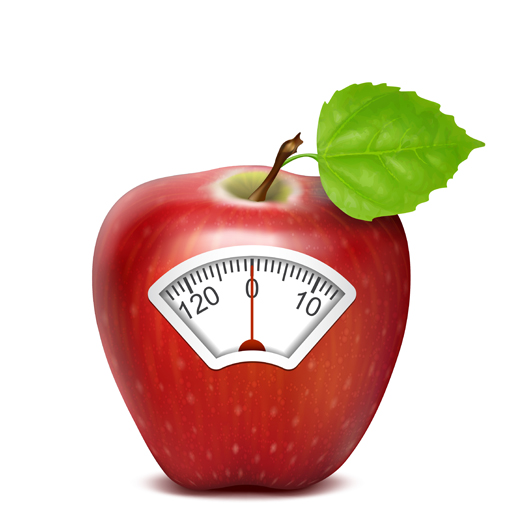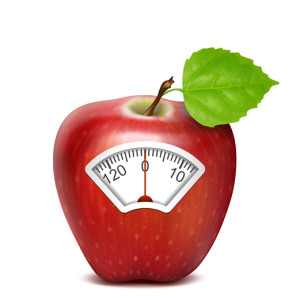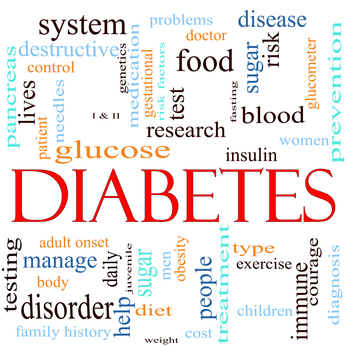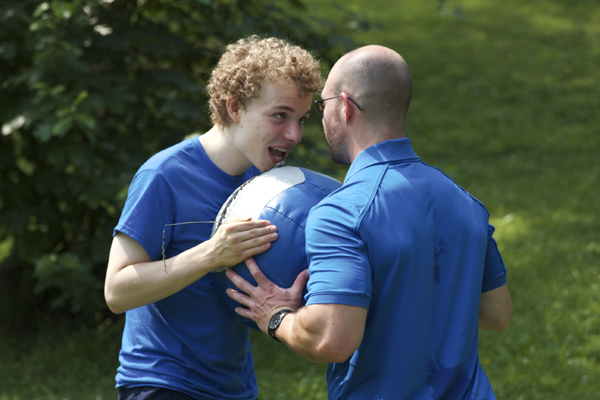Is Fitness Feeling like a Chore? Just add Yoga!
We all go through those moments…we love working out while we are doing it and feel great after, but getting motivated to start our regular fitness routines has been challenging lately. People are habitual creatures and we like routine, but that routine can also get boring over time and make fitness feel like a chore.



 Weight management
Weight management * Color-coded food cues are often used to guide healthy food selection. Researchers taught students about foods that are Go (green), Slow (yellow) or Whoa (red). They placed signs on snack vending machines and created a food marketing campaign via Intranet, email, and posters. Two months after the campaign ended, food-purchasing records indicated the students chose better quality snacks. Marketing healthy foods is a worthwhile effort.
* Color-coded food cues are often used to guide healthy food selection. Researchers taught students about foods that are Go (green), Slow (yellow) or Whoa (red). They placed signs on snack vending machines and created a food marketing campaign via Intranet, email, and posters. Two months after the campaign ended, food-purchasing records indicated the students chose better quality snacks. Marketing healthy foods is a worthwhile effort.





